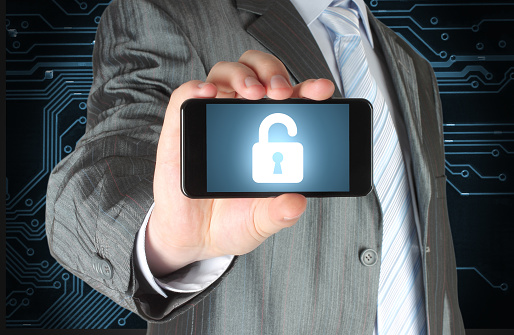Have you ever typed a text message only to have your phone’s autocorrect feature garble your words? Sometimes “smartphones” can feel counterintuitive, but you can make yours work for you. Here, we share five tips to help you get the most out of your mobile devices.
1. Stop Squinting
Typos can become especially common when the font size on your mobile phone is challenging to read. Fear not: There is a way to enlarge the font size so you can see clearly.
For Android devices, first, go to Settings > Display > Font. Then select the font size option of your choosing. Second, open up your web browser, click on the menu button in the address bar, then go to Settings > Accessibility. Slide the bar right to increase the text size.
For iOS devices, Go to Settings > Display & Brightness > Text Size. Slide the bar right to increase the text size.
2. Organize and Update Often
It’s important to make sure the applications you use most frequently are easy to access. Place these apps as close to your home screen as possible.
Also note that apps are constantly updated by their creators, so check (and recheck) your app store to ensure you have the latest version. In some cases, if you’re not up-to-date, functionality may start to degrade. Most devices have a setting that automatically updates your apps when a new version becomes available. Turn that on and you’ll never have to worry about your favorite app becoming outdated!
3. Bookmark It
Let’s say you’re surfing the web for the perfect dinner recipe. Once you find it, you don’t want to lose it. Just like the browser on your desktop or laptop at home, you can bookmark important sites on-the-go with your mobile device. For iPhone, tap the plus icon in the address bar and then “Add Bookmark.” For Android, tap the star icon in the address bar and then edit the bookmark’s name if necessary.
4. Charge Up
There’s nothing more frustrating than when your phone dies during a moment of need. For both iPhone and Android, there are a few tricks that can help you extend your battery life. For iPhone, reduce the screen brightness and disable Bluetooth, WiFi and as many notifications as possible. For Android, you can actually see what’s “sucking the most juice.” Head to Settings > General > Battery > Battery Usage. A screen will pop up with the breakdown of what’s consuming your phone’s battery.
5. Maximize Space, Optimize Speed
Generally, the files that take up the most space on mobile devices are photos, videos, music and apps. Check your storage space to determine if there are items you should transfer to a computer, an external drive or the cloud, to optimize space and speed on your mobile device.
The Hartford does not endorse or have any association with the products and/or services referenced.






